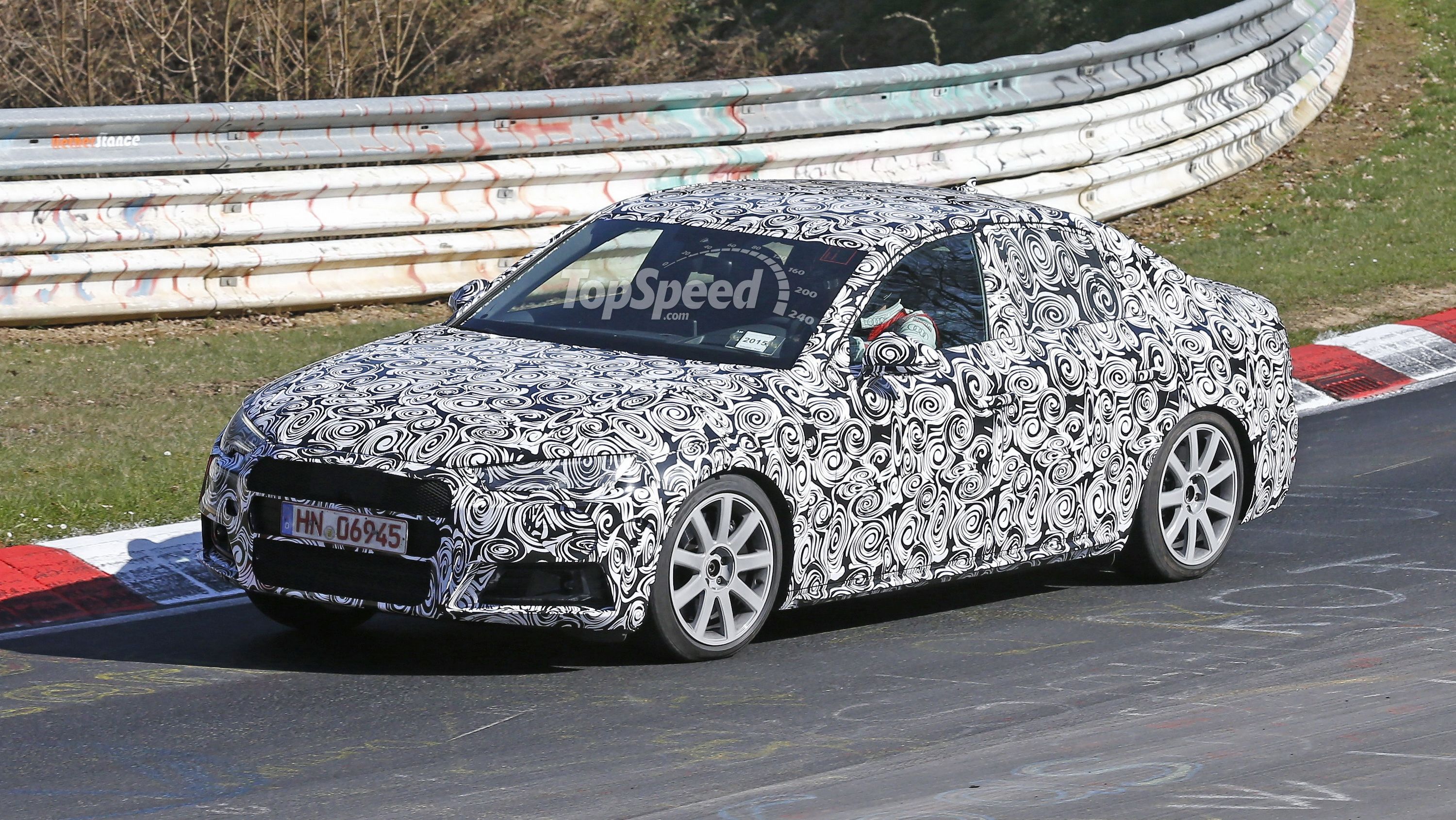As Audi->ke14 polishes its upcoming round of high-performance luxury->ke505 sedans, a new report has just unearthed a few details on what we should expect from the 2017 Audi S4. The latest is that the four-door will retain the same blown six-cylinder as the current generation, but pack more power than before.
That’s the news coming from our friends over at CarAndDriver, who tested the new 2015 Audi S3 sedan last year and found that it was actually faster than the current-gen 2014 Audi S4, despite the S3->ke1303 coming with a four-cylinder engine that put out 292 horsepower compared to the S4’s->ke1088 333-horsepower V-6.
Given the S4’s position above the S3 on the Audi totem pole, that clearly won’t do. As such, the new S4, which is looking like it’ll arrive next year for the 2017 model year, will most likely be much quicker than the current generation.
Sources within Audi say the new S4 will still bear a 3.0-liter TFSI V-6 under the hood, but rather than a detuned version of the twin-turbo six expected for the new 2017 Audi RS4 Avant and RS5 Sportback, it’s believed the new S4’s six-cylinder will continue to come with a blower for boost duties. To help it slot in appropriately within the Audi lineup and outgun rivals from the likes of the BMW->ke178 (340i) and Mercedes->ke187 (2016 Mercedes-Benz C450 AMG Sport), the final output figure from the powerplant is expected to breach the 350-horsepower mark.
As expected, quattro AWD will be standard. An S-tronic seven-speed auto transmission will be rout the power, but it’s unclear whether or not Audi will cater to lovers of the clutch pedal with a six-speed manual (availability will supposedly depend on market demand).
Continue reading for the full story.
Why it matters
Not too long ago, adding more power with each successive generation was just kinda what automakers did. Bigger, better, faster – that was usually the formula for making the next iteration of a model.
These days, things aren’t quite that simple. Efficiency and doing more with less are the popular alternatives to throwing on gobs of extra power, but in the end, there are benefits and drawbacks for each strategy.
Mazda->ke53 and Porsche,->ke1 for example, have both declared their intention to focus on shedding weight over adding power. This helps acceleration performance, but it also shortens braking distances, improves cornering, and even increases mileage.
The drawback, however, is usually an increase in price, as the materials and engineering needed to cut out weight can be more expensive than adding horsepower. There’s also a cost in comfort, as stuff like NVH-reducing features and infotainment are usually some of the first things to go.
More engine output is a cheap solution to improving performance, plus it helps in the bragging rights department when comparing spec sheets. However, more horsepower also increases emissions and decreases mileage, both of which are critical to factors to the public.
But for Audi and the next S4, boosting output from the V-6 makes sense. The S4 is a luxury sedan (read: heavyweight) with sporting intent. The focus isn’t on track days like it is with a Porsche or handling feel like with a Mazda. Straight-line speed is what really matters. In all honesty, the majority of S4 owners will probably only need the performance for on-ramp blasts and highway passing, which means more ponies at the cost of less mpg and more CO2 is perfectly fine.
The only real question now is how much power, but more than 350 is certainly a good place to start.
2017 Audi S4
You can check our speculative review of the upcoming S4 here.

